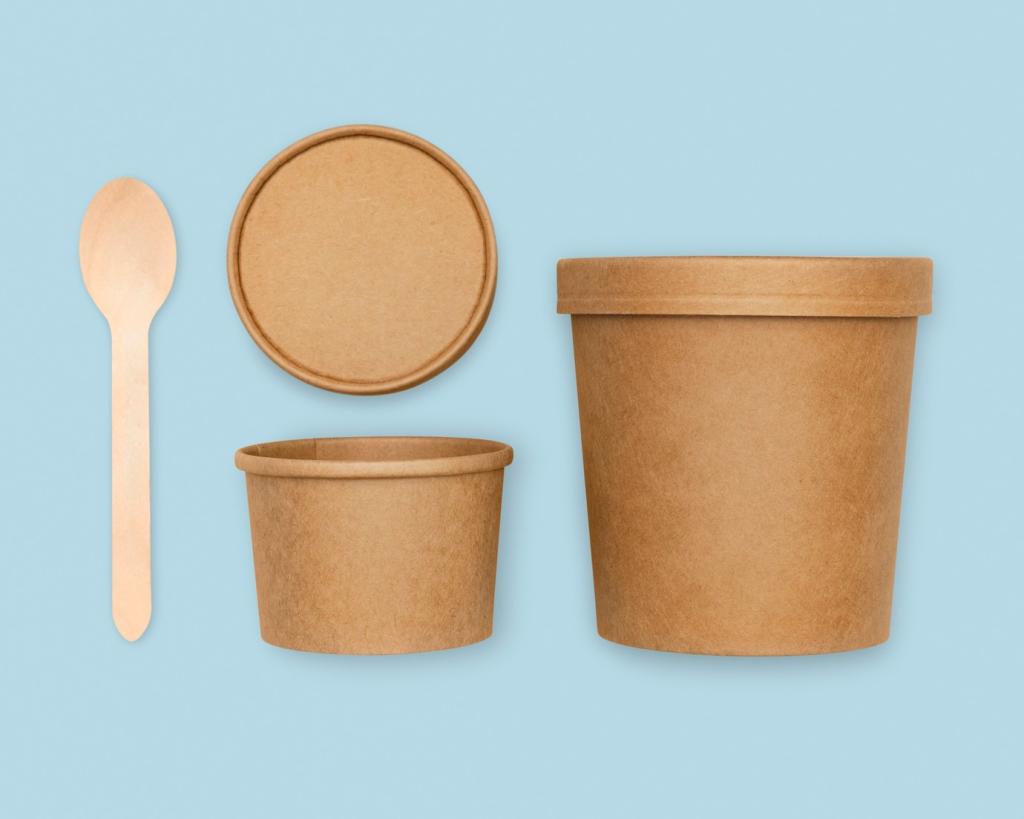
Recycling and Upcycling in Modern Interior Design
Recycling and upcycling have become core methodologies within modern interior design, seamlessly merging eco-conscious principles with stunning aesthetics. By reimagining waste and elevating discarded items into valuable design elements, today’s interiors embrace sustainable innovation while cultivating unique, personal spaces. This approach not only reduces environmental impact but also encourages creativity and storytelling within every room. As society becomes increasingly aware of our responsibility to the planet, recycling and upcycling present compelling ways for designers and homeowners to reinvent their environments with purpose and ingenuity.
The Roots of Sustainable Design
Historical Foundations of Eco-Friendly Interiors
Throughout history, the use of recycled and repurposed materials in interiors was often driven by necessity rather than trend. In earlier centuries, furniture makers reused wood from old ships or buildings, and textiles were passed down through generations. The modern recycling and upcycling movement echoes these practices, but with contemporary design sensibilities and a heightened awareness of planetary health. Looking back helps us understand how the cyclical use of resources has always played a role—what’s new is the intentional emphasis on creativity, quality, and environmental stewardship.
The Rise of Conscious Consumption
Recent decades have seen consumer attitudes shift toward more mindful purchasing decisions, particularly related to interior furnishings and décor. Buyers now frequently inquire about product origins, composition, and end-of-life recyclability. This growing consciousness has spurred brands and designers to explore innovative ways to incorporate recycled materials and upcycling processes. As a result, beautiful, functional spaces can now reflect not just the owner’s style but also their values, bridging the gap between environmental responsibility and individualized design.
Modern Design Movements Embracing Sustainability
Movements such as minimalism, Scandinavian design, and industrial chic have all woven recycling and upcycling into their DNA. Modern interiors increasingly prioritize pieces with a history or those crafted from reclaimed materials. This approach emphasizes authenticity and character—qualities that mass-produced goods often lack. The influence of sustainability in contemporary design is evident in the growing popularity of vintage renewals, salvaged materials, and bespoke upcycled furniture. These trends underscore a shift toward interiors that tell a story while preserving natural resources.
Transforming Waste into Value
Upcycled furniture stands at the forefront of this transformative movement. Artisans and designers salvage components from unwanted items—old doors become statement dining tables, or industrial pallets are reborn as chic coffee tables. These pieces not only save materials from landfill but also deliver unmatched originality. The tactile presence of upcycled works is more than surface-deep; each piece tells its story through patina, texture, and unique construction. Upcycled furniture can seamlessly blend with contemporary interiors, adding dimension and a welcome counterpoint to mass-produced pieces.

Unique Charm of Vintage and Salvaged Pieces
Vintage items and salvaged materials, when integrated into modern interiors, introduce layers of charm and sophistication that new items cannot easily replicate. Whether it’s a weathered barn door used as a headboard or a reclaimed brick accent wall, these elements bring history into contemporary contexts, creating a bridge between past and present. Such pieces stand out as statement features, revealing their age, provenance, and craftsmanship, while contributing to the sustainable story of the space.
Contrasts and Complementarity in Mixed Materials
A striking aspect of upcycled design is its ability to meld disparate materials into harmonious compositions. Contrasts between reclaimed wood, metal, and glass can add vibrancy and interest to a room. These juxtapositions not only highlight the skill of the designer but also create a visual narrative built around sustainability. The careful mixing of old and new demonstrates that recycled materials can exist in dialogue with contemporary finishes, resulting in interiors that are both cohesive and full of life.
Color and Texture from Recycled Sources
Recycled materials bring a palette and tactile quality all their own. Weathered timbers, aged leathers, and repurposed metals offer complex surfaces and subtle hues that catch the eye and invite touch. Interior designers leverage these characteristics to craft warm, inviting spaces that feel lived-in and authentic. Such textural richness encourages sensory exploration and helps steer interiors away from sterile uniformity, imbuing rooms with personality and a deep sense of connection to their material origins.
Previous slide
Next slide
